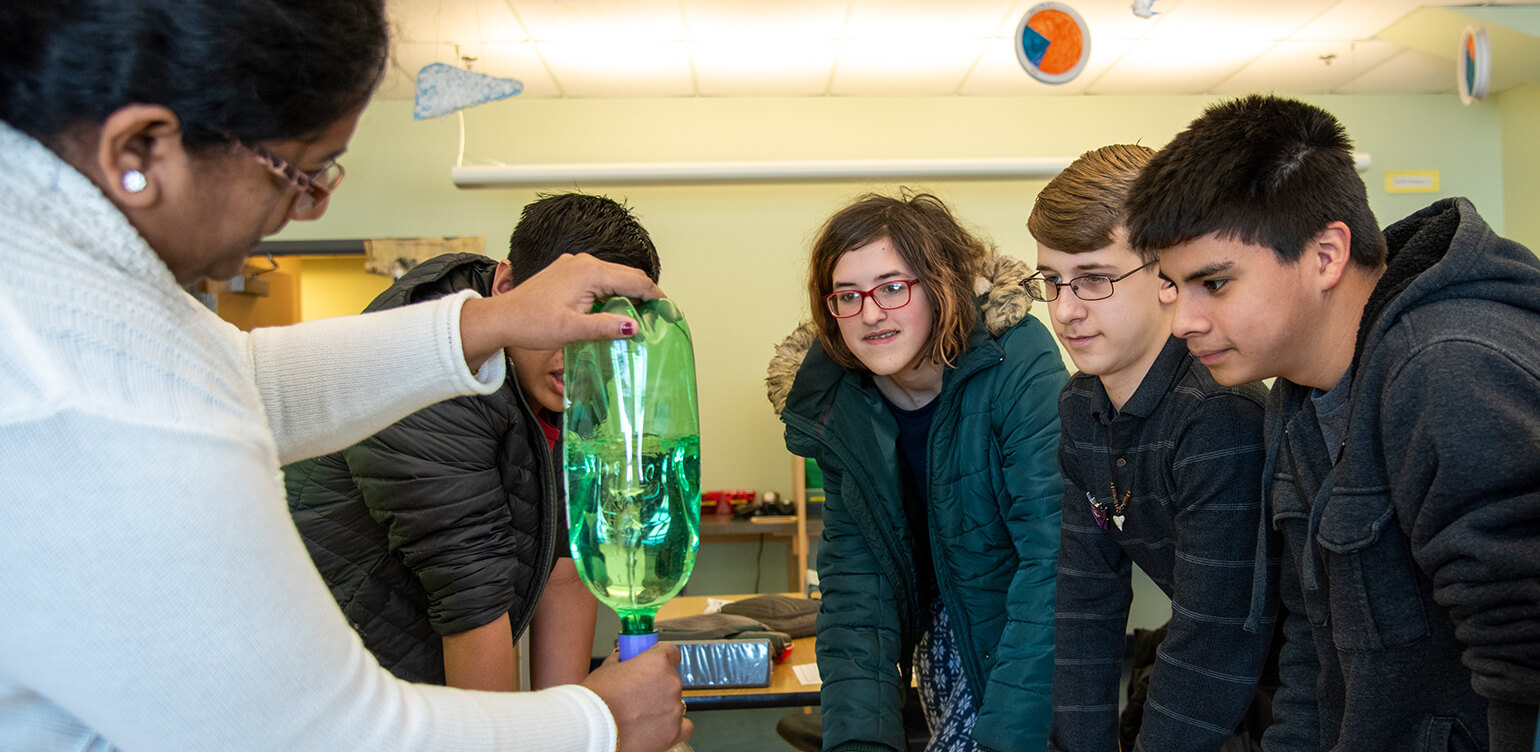
By Jay Keener, LCSW
One of my favorite psychologist is John Gottman, a marriage and family psychologist who has done extensive research on couples and relationships. In fact, his research is so well respected it is considered the “Gold Standard” of psychological research. For the past twenty plus years he has had couples come to the “love lab” for a weekend where everything they say, their behavior, and even their somatic body data (heart rate, breathing, etc.) is collected by a team of grad students and researchers. What is the simple outcome of all this data? Be nice to each other a majority of the time and your relationship will thrive. Sounds too easy, right?
Gottman found that in healthy relationships there is a ratio of five positive interactions to one negative. If the ratio veers toward the negative even a little bit (4:2) then relationship is in peril. He also found that contempt is the most negative of interactions and often signifies a dying relationship. The positive interactions can be quite small; expressing thanks, affection, compliments, paying attention, and listening. Interestingly, for many long-term healthy relationships the negative interactions can be quite dramatic, big fights, etc., but as long as these intense negatives are supported by five positives, the relationship remains intact. Also, the ratio doesn’t just apply to romantic partners, but to parents and children, teachers and students, siblings, and friends. This is the power of small, positive acts….

The Janus School faculty is very good at forming relationships with students and it is the foundation of our success. When working with social work interns and staff, I call the five positive interactions “money in the bank.” When we have to redirect, confront, or otherwise challenge the students in a way they may see as negative, we can draw on this reserve. Once we understand the ratio and move it into our conscious repertoire our relationships often improve and we realize the power of noticing the new haircut, complimenting small successes, saying hello or simply taking the time to put down our work and just listen. There is a statistic that boys with ADHD receive nine negative comments for every one positive comment. With this kind of chronic feedback, no wonder so many of our students have learned to be helpless in the face of learning, making friends, and being a successful student.
In my opinion, we need to both model the ratio and explicitly teach it to our children. Many of us are intuitively social and have seamlessly integrated the ratio into our social repertoire through natural grace and trial and error. Yet many of our students don’t have an intuitive understanding of this delicate balance. I talk to the students about the ratio explicitly (I call it the secret of life). It’s simultaneously the easiest thing for many of our students to do and the most counter intuitive. I talk about the importance of manners, an easy positive interaction if there ever was one, looking at people when you talk to them, asking questions of a friend to show interest, smiling, putting down your phone and listening, etc. The basics of friendships are in the simple things that we overlook as we try to be funny, wear the right clothes, show off the latest tech, or impress with the latest meme or catch phrase.